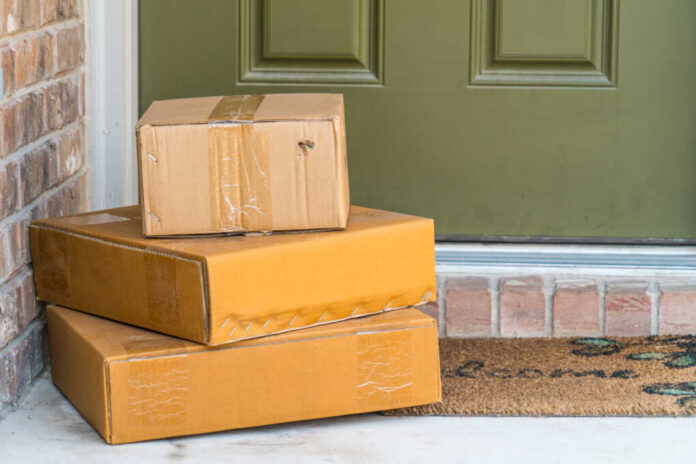
Your basement’s forgotten storage boxes might be hosting an unwelcome cockroach colony, turning what seems like harmless clutter into a thriving pest ecosystem.
At a Glance
- Cardboard boxes and paper products attract cockroaches, serving as both food source and shelter
- Moisture from basement humidity or leaky pipes is a primary cockroach attractant
- Clutter provides ideal hiding spots for roaches, allowing populations to grow unnoticed
- Cockroaches can squeeze through tiny spaces as small as two stacked pennies
- Regular decluttering and moisture control are essential prevention strategies
The Hidden Allure of Basement Storage
That pile of old magazines and stack of cardboard boxes in your basement corner might seem innocuous, but to cockroaches, they represent a five-star resort. Cockroaches are particularly attracted to paper products, including books, newspapers, and especially cardboard. These materials provide not just shelter but also sustenance, as roaches can actually feed on the glue and paper fibers. What you consider storage, cockroaches view as an all-inclusive habitat where they can eat, hide, and multiply without disturbance.
The problem compounds when these storage items are left undisturbed for months or years. Basements typically offer ideal conditions for cockroaches: darkness, warmth from nearby appliances or heating systems, and often higher humidity levels than the rest of the home. The longer boxes remain unmoved, the more established cockroach colonies can become. Many homeowners discover infestations only when finally deciding to sort through long-forgotten storage areas, by which point the problem may have spread throughout the home.
Moisture: The Primary Attraction
While clutter provides hiding places, moisture is what draws cockroaches to your basement in the first place. Contrary to popular belief, these pests are more attracted to water than dirt. Basements often have higher humidity levels, condensation issues, or even minor water leaks that go unnoticed. For cockroaches, these moisture sources are essential for survival. Damp cardboard becomes even more appealing, as it provides both water and decomposing material—a perfect combination for these persistent pests.
Unused floor drains in basements present another overlooked entry point. When these drains dry out, the water trap that normally blocks sewer gases also stops blocking potential pest invaders. Cockroaches can travel through plumbing systems and enter homes through these pathways, establishing colonies in nearby clutter. Regular maintenance of basement drains, including pouring water down rarely used ones, can help prevent this mode of entry while addressing moisture issues like condensation and leaks further reduces roach attraction.
The Insidious Nature of Basement Infestations
What makes basement cockroach problems particularly troubling is their tendency to go undetected until they’ve become severe. These resilient insects can squeeze through remarkably small openings to access your storage items. Their ability to hide in tight spaces means they often establish colonies long before homeowners notice any signs of their presence. The basement’s distance from daily living areas further delays detection, allowing populations to grow unchecked.
Beyond the obvious disgust factor, cockroach infestations pose serious health concerns. These pests can spread pathogens like salmonella, E. coli, and noroviruses by contaminating surfaces they crawl across. Their droppings and shed skins contain allergens that can trigger asthma attacks and allergic reactions, particularly in children. The basement’s connection to your home’s ventilation system means these allergens can circulate throughout your living spaces, affecting health even when the cockroaches themselves remain hidden downstairs.
Breaking the Cycle Through Smart Storage
Preventing cockroach infestations requires a strategic approach to basement storage. Start by replacing cardboard boxes with plastic containers that have tight-fitting lids. Unlike cardboard, plastic doesn’t provide food or absorb moisture, making it far less attractive to pests. Elevate storage off the floor using shelving units to reduce contact with potential moisture sources and make it easier to clean underneath. Regular inspections of stored items, even those you rarely use, can catch problems before they escalate.
Addressing moisture issues should be your top priority. Invest in a dehumidifier if your basement tends to be damp, fix any leaking pipes promptly, and ensure good ventilation. Seal cracks in the foundation and around utility entries, as these serve as highways for pests entering from outside. Consider using natural deterrents like peppermint or eucalyptus oils in areas where you store items. These simple measures, combined with regular cleaning and decluttering, create an environment that’s far less hospitable to cockroaches and other basement-dwelling pests.

















